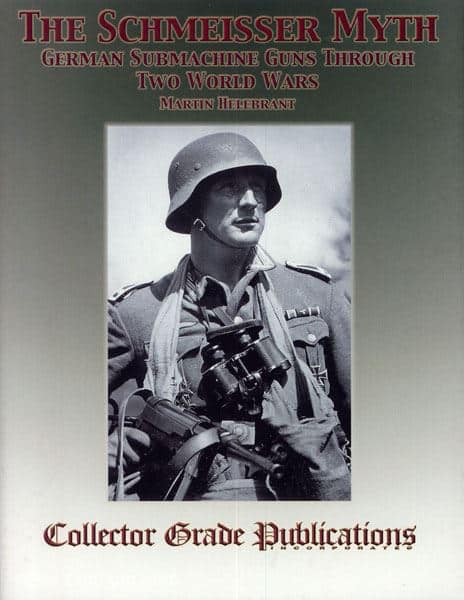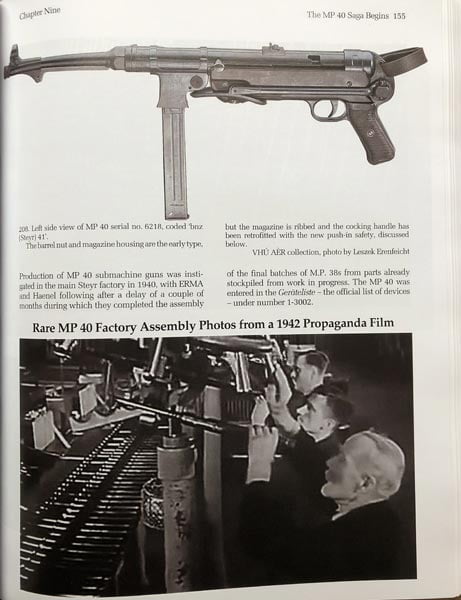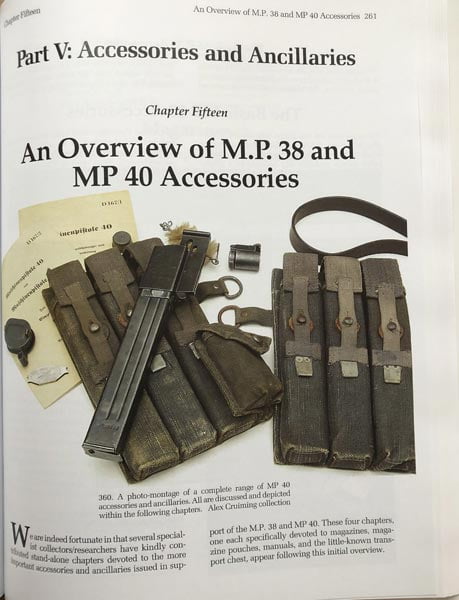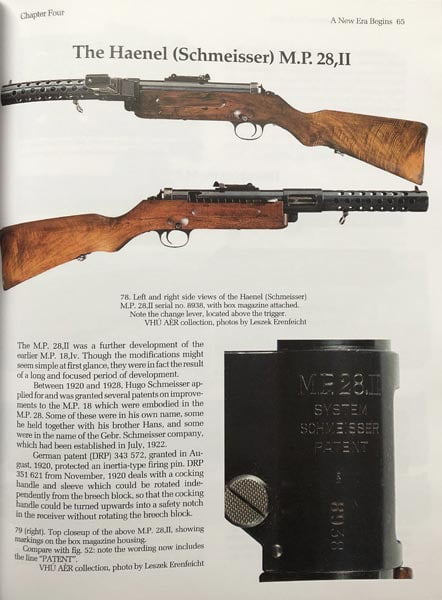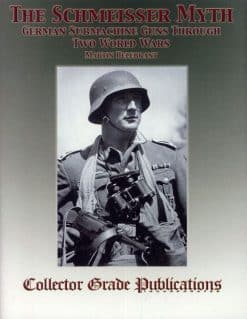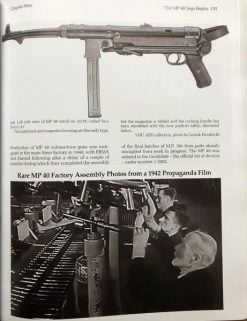No products in the cart.
The Schmeisser Myth – German Submachine Guns Through Two World Wars
£72.50
This book does not qualify for the 10% cart discount
Out of stock
Join Wait List
SKU: 9780889355873
Category: Uncategorized
The Schmeisser Myth – German Submachine Guns Through Two World Wars
Of the overabundance of submachine guns developed in Germany during WW2, most if not all of which are covered in this book, the most popular by far have been the M.P. 38 and MP 40 series, collectively but erroneously known to all and sundry as ‘Schmeissers’.
The origins of ‘the Schmeisser myth’ can be traced back to the summer of 1940, when a British Military Intelligence report described the first captured M.P. 38 as a “Parachute troops machine pistol of the Schmeisser type”, while later that year plans were afoot to produce the “9mm Schmeisser Carbine M.P. 38 Parachute Model” at BSA Guns Ltd. in Birmingham.
The book begins with a brief history of modern warfare and the technological and strategical developments which led to the first machine guns, and the adoption during WWI of infiltration tactics as a means of overcoming the deadlock of trench warfare. The élite German and Austrian Sturmtruppen (storm troopers) were soon clamouring for portable rapid-fire weaponry capable of effective close-range striking power, and resulted in a new class of military small arm, beginning with the Italian Villar Perosa. Several early German developments culminated in the adoption of the Bergmann M.P. 18,I in 1918. The new term ‘submachine gun’, coined in America, soon came to denote any light, portable pistol-calibre automatic weapon of the type called a Maschinenpistole in Germany.
The M.P. 38 was adopted in 1938 and superseded by a simpler version called the MP 40 in 1940. The MP 40 was produced in five production variations by three firms – ERMA, Haenel, and Steyr – until 1944.
Of special interest to advanced collectors will be the four detailed, illustrated accounts of M.P. 38 and MP 40 magazines and loaders, magazine pouches, manuals, and the rare transport and storage chest.
This in-depth technical, tactical and historical treatise on these important and iconic weapons and their makers concludes with a Bibliography and an extensive Index.
Book Data
Author: Martin Helebrant
Language: English
Pages: 432
Illustrations: 507
Physical: Hardcover, size 290x210mm, portrait


